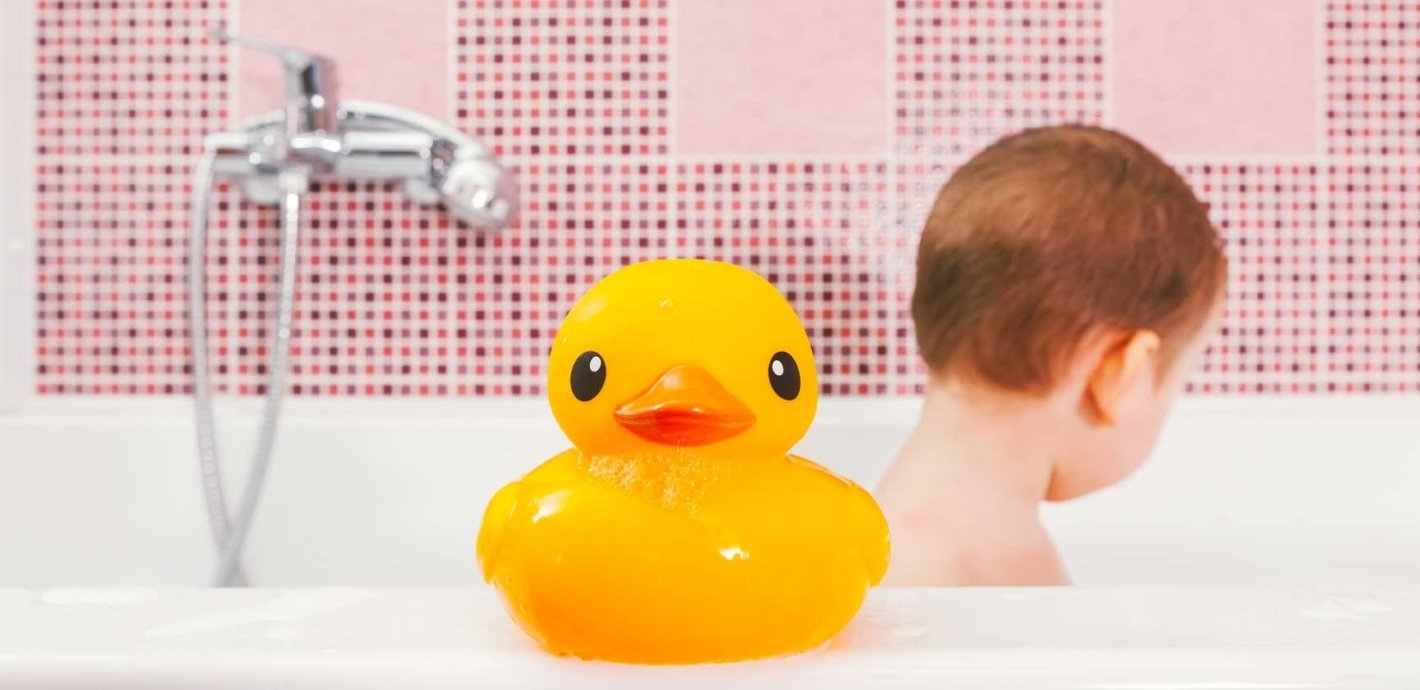Yoga practitioners and meditators know that breath awareness is a powerful, even life-changing thing. Conscious, controlled breathing helps you release stress and relax, confirms Harvard Health Publications. With each inhale and exhale, you can turn off anxiety and turn on your awareness. Once you’re in a calm and mindful state, it’s easier to become more creative and think more clearly through problems rather than just feel overwhelmed by them.
Those same benefits of deep breathing hold true for kids. That’s why world-renowned experts, including Herbert Benson, M.D., of the American Institute of Stress and psychologist Daniel Goleman, Ph.D., author of the best-selling book Emotional Intelligence, along with many family therapists, recommend teaching children deep, diaphragmatic breathing. The technique they often use is called “Teddy Bear Breathing” or “Buddy Breathing.” You may have seen the technique if you and your child have ever attended a “yoga for kids” or ChildLight Yoga class. Teachers will often employ this technique toward the end of practice.
What is the “Buddy Breathing” technique? It’s simple. Have your child lie on their back on the floor. Find a toy that they like, like a rubber duck or small stuffed animal, and place it on their belly near the navel. Ask the child to keep their eyes on the toy as they take a deep breath in. Notice: How far does it move? Then ask them to watch what the toy does when they exhale.
What should be happening is that, on the inhale, the lungs and belly will fill with air and lift the toy upward. During the exhale, as the air leaves the lower lungs, the belly descends. The toy drops with it. That’s the work of the diaphragm, drawing air into and out of the lungs.
Next, instruct them to try breathing in different patterns and depths, such as a series of short, quick breaths followed by long, slow, deep breaths. Ask: What does the toy do during those patterns? And how do they feel during them? Point out that the toy is steadier during the longer, slower cadence. They may also feel calmer.
Related: Why Kids Need Quiet Time
It’s helpful to use imagery in the practice as well. For example, if you’re using a rubber duck, tell the child a story about a duck swimming in a wavy pond, riding the waves high and low. Suggest that they slow the waves down and give the duck a smoother ride.
How long you’ll be able to do this will depend on your child’s attention span. You definitely don’t want to keep the drill going for so long that they get bored. A few minutes is great. Remember: Their technique doesn’t have to be perfect. Keep it fun. Tack it on at the end of family yoga in the living room or do it any time you’re trying to get the little one to calm down and rest. Adding a little more peace and quiet to their (and your) day isn’t the only perk. Here are three ways your child will benefit from this exercise.
1. Kids discover how to breathe with their diaphragm.
Ask a kid to point to their arm or leg muscles and they’ll be able to show you right away. But ask them to find their breathing muscles and you’ll likely be met with blank stares. That’s because the diaphragm—the hugely important muscle that controls the flow of air into and out of the lungs—isn’t visible. This exercise helps them discover that muscle and learn how to control it. They’ll learn how deep breathing feels. The next time someone tells them to “take a deep breath” and calm down, they’ll know what that really means.
2. Kids will see that the breath is something within their control.
Our ability to breathe without thinking is a blessing and a curse. Sure, if we had to think about every breath we took, we’d never get anything done. But the pace and depth of our breath can be a key lever for controlling our emotional states. “Buddy Breathing” shows kids that, while breathing can be involuntary, it can also be something within their control. It’s the first step toward realizing that they don’t have to get carried away when they get stressed. They can use their slow, deep breaths to calm down.
3. Kids will learn how to focus on a single task.
We’ve all seen kids go 100 miles a minute, running circles around the living room and rifling through the toy box. By asking them to spend just a few moments thinking solely about their breathing, you’ll help strengthen their ability to focus on a simple, small task. It’s a small dose of attention training, disguised as a fun and relaxing break.








Comments (1)